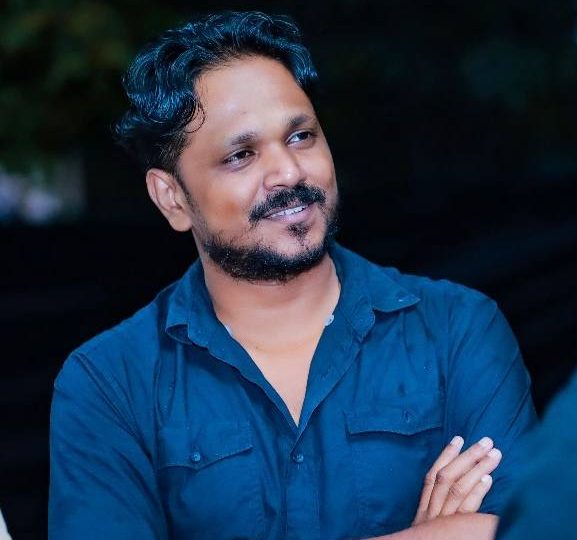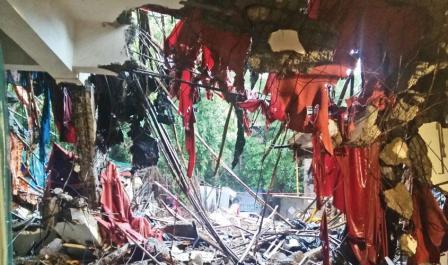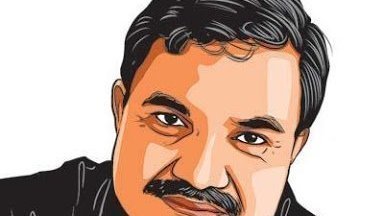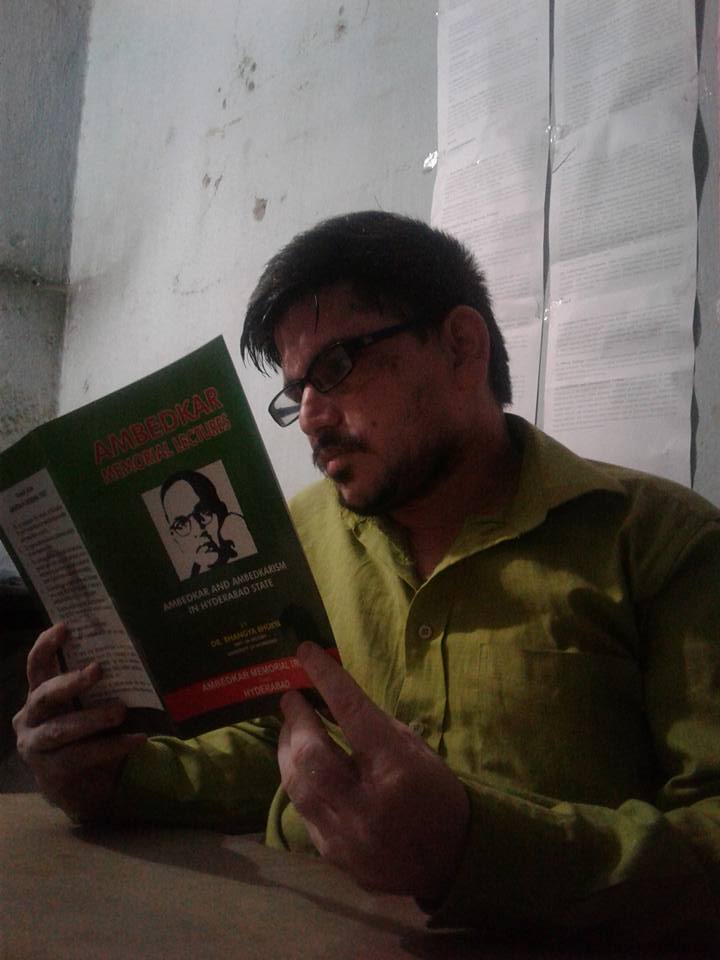Vinil Paul
The study of the historical background and socio-cultural aspects of Christians in Kerala, boasting a lineage spanning centuries, constitutes a significant domain of investigation for academic scholars in the field of social sciences. Christians are divided among numerous denominations in Kerala, distinguished from each other by ecclesiastical authorities, historical context, and differences in liturgy and theology. Since the colonial era, scholars have endeavored to trace the lineage of Christians residing along the Malabar Coast. Notable historians and scholars, including Dr. B. R. Ambedkar, have actively engaged in this scholarly pursuit. Contrary to the traditional belief of Thomas the Apostle’s arrival in Kerala during the 1st century, historical evidence suggests that Christianity proliferated among coastal communities in South India, oyster gatherers in Ceylon, and farmers in Malabar and Coromandel during the 2nd century.
While concrete evidence regarding the initial converts to Christianity in Kerala remains elusive, numerous caste groups embraced the faith after the 15th century, particularly after the mid-19th century. Caste-based discrimination has been entrenched within Kerala’s Christian community throughout its history. The Christian conversion of untouchable castes was an important consequence of the Portuguese era, and many domestic slaves were baptized with Portuguese names. Many Pulayas were baptized in the Latin Church of Pallurthy in 1571 (Ernakulam district in Central Kerala) under the leadership of the Portuguese. They were provided a separate Holy Mass on Saturdays since they would not be allowed to attend Holy Mass with others on Sundays. Pulaya Christian children went separately for evening catechisms, while other Christian children went in the mornings. Even feasts were celebrated on different days, as slave converts celebrated Christmas on the 26th of December.
In the Dutch period and in special emergencies, church buildings often acted as slave godowns or warehouses. These buildings were used on the weekdays to keep lower-caste Kerala slaves when they were not required for religious purposes. According to Malayalam sources, church buildings played an important part in the sale of slaves, as the public auction of slaves was also often conducted in churches. However, in post-independence India, the state and central governments officially delineated forward and backward Christian classifications. Despite constituting the majority in Kerala, Christians listed under the Minority Schedule are categorized as Backward Classes by both central and state authorities, encompassing Latin Catholics, Anglo-Indians, SIUC (South Indian United Church), SIUC Nadar, Non-SIUC Nadar, and Scheduled Castes Converts to Christianity (SCCC, Dalit Christians). A plethora of scholarly works, ranging from comprehensive studies to more focused inquiries, has been dedicated to exploring the various Christian denominations included in this classification. Subsequent sections will delve into the investigation of Dalit Christians, who represent the socially and economically disadvantaged segment within Kerala’s Christian community.
The historiography surrounding Dalit Christians in Kerala reflects diverse academic inquiries aimed at comprehending the adoption of Christianity by former untouchable castes, delineating two primary scholarly approaches. One strand of research delves into the motivations underlying the conversion of lower castes, attributing factors such as the pursuit of improved material conditions and liberation from caste-based constraints. Social scientists have proffered various interpretations of this conversion, ranging from socio-economic transformations catalyzed by colonial economies to aspirations for emulating upper-caste norms and undergoing psychological and religious transformations. While some contend that economic considerations primarily drove the conversion, leading to a purportedly weaker Christian faith, it remains undisputed that Dalit Christians have leveraged Christianity to attain social and economic upliftment, thereby utilizing it as a form of social capital.
Conversely, another cohort of scholars’ endeavors to problematize the casteism and discrimination entrenched within Christianity itself. These academics have conducted rigorous research, drawing on archaeological and local sources, to scrutinize caste discrimination among Christians. Early researchers employed fieldwork methodologies to probe the barriers hindering the social advancement of Dalit Christians, spotlighting caste-based discrepancies within Christian congregations. They advocated for addressing caste and social discrimination to elevate Christians to Syrian Christian dignity, proposing assimilation into the Suryani caste as a model for Dalits. Moreover, efforts were made to analyze the social discrimination encountered by Dalit Christians in daily and spiritual life through questionnaire-based surveys, highlighting visible instances of caste-based discrimination in various spheres of interaction. Previous investigations into caste discrimination among Christians in Kerala scrutinized visible markers such as entry into Dalit Christian households, participation in their ceremonies, seating arrangements in churches, physical contact, hospitality practices, and observable aspects of their living conditions and attire. Scholars such as KC Alexander and Ninan Koshi undertook fieldwork to document these discriminatory practices.
However, the effectiveness of this methodology has waned in contemporary times. Since the 1990s, discerning caste dynamics among Christians using such questionnaires has become increasingly challenging. The overt manifestations of caste discrimination have diminished, rendering it impractical to categorize individuals solely based on observable cues. While caste prejudices persist, they are often less overt in modern society. Hence, relying solely on traditional methodologies may yield incomplete or outdated insights into caste dynamics among Christians in Kerala. This shift underscores the evolving nature of caste-based discrimination and the need for nuanced approaches to comprehend its contemporary manifestations. Contemporary observations reveal a subtle yet persistent form of caste discrimination in Kerala’s social fabric. While outward displays of discrimination may have receded, institutional practices continue to reinforce caste-based inequalities. The willingness of Syrian Christian clergy to officiate ceremonies in Dalit homes may mask underlying biases, as bureaucratic appointments within Christian institutions favor members of dominant castes, perpetuating the marginalization of Dalit Christians. Thus, despite advancements, caste discrimination persists as a formidable challenge confronting Dalit Christians within Kerala’s Christian community. If you want to know what caste discrimination is in today’s social situation, just look at the bureaucratic representation in the institutions run directly by the Christian churches and run with the help of the government. Caste discrimination is the attitude of the churches, which subverts ‘merit’ and appoints only members of their own caste as officials. Dalit Christians are the least represented among the backward Christians, who constitute the vast majority of Christians, i.e., marginalized based on caste.
As of 2021, Kerala boasts 95 aided colleges overseen by Syrian-Latin-SIUC Christians. Additionally, church-run schools and the higher secondary sector witness a notable presence of prospective Latin-Nadar-SIUC Christians, outnumbering their counterparts in aided colleges. Independent estimates indicate that Christian managements independently operate 2596-aided schools. However, Dalit Christians find themselves entirely excluded from managerial positions within these Christian institutions, established under minority status, solely based on caste considerations. A meticulous examination of the caste backgrounds and qualifications of officials appointed in Christian colleges elucidates the discriminatory practices perpetuated by Christian churches in Kerala against Dalit Christians. The caste-wise breakdown of teaching and non-teaching staff across forty Christian-aided colleges underscores the systemic marginalization experienced by Dalit Christians within Kerala’s Christian educational institutions.
| College | Total Teaching post | Syrian/ General Christians | Nair | Latin Christians | Namboothiri | E.T.B/ OBC | SC/ST
|
Dalit Christian | Muslim |
| 40 | 1467 | 1122 | 128 | 79 | 17 | 81 | 12 | 5 | 3 |
| College | Total Non-Teaching post | Syrian/ General Christians | Nair | Latin Christians | Namboothiri | E.T.B/ OBC | SC/ST
|
Dalit Christian | Muslim |
| 40 | 652 | 546 | 8 | 48 | 1 | 17 | 16 | 13 | 0 |
Christian-aided institutions in Kerala are dominated by leading Christians and Nairs. That is, this table gives us a clear picture that Christian institutions are places that operate in the caste hierarchy. Out of 1467 teachers, the caste-wise information of 1447 persons is included in the list, while the remaining twenty teachers belong to upper caste Hindus. Only Christian teachers and non-teachers work in four of these colleges. Out of 81 backward caste teachers, 60 are from the Ezhava/Thiya caste. In the institutions of the Latin Catholic Church included in these 40 colleges, no Dalit Christian has been considered a teacher or non-teacher. Only nominal Anglo-Indian representation is maintained in their institutions. The data shows that Latino Catholics are overrepresented in non-Christian institutions. But when we look at the representation of officers in Christian colleges, it can be understood that Dalit Christians are less represented than Scheduled Castes/Classes. Muslims are the least represented. Social neglect of Dalit Christians can be seen in Christian colleges. The question of why Dalit Christians who belong to the Christian minority are not appointed to posts in church institutions is very relevant.
The answer is caste discrimination. But the reason given for excluding Dalit Christians is that there is no merit. In contrast to such arguments, the question arises as to why only a section of people who have studied in modern educational institutions have lost their merit. The question of what contribution the teachers of Christian-aided institutions have made to the field of research and education is also relevant here. They talk about merit by pointing to teachers who pay their own money to publish articles in low-quality, non-standard journals and who only know how to prepare guides. But churches become caste centers where Dalit Christians are excluded from non-teaching. posts where the educational qualification is fixed as mere pre-degree and high school. The details of 649 officers out of a total of 652 non-teaching staff in 40 colleges have been included in the above table. The remaining three belong to the Hindus. As in the list of teachers, in the list of non-teachers, the leading Christians are at the forefront. The number of Dalit Christians is less than that of the Scheduled Castes. Not even a single Muslim was considered. In the Christian institutions of Kerala, we see the same view, as the Scheduled Castes and Backward Castes have been excluded in the Devasam Board institutions of Kerala.
The prevalence of caste-based dynamics extends beyond the confines of educational institutions in Kerala and permeates deeply into its political landscape. Analysis of the composition of MLAs and ministers across political parties in Kerala reveals a stark caste alliance, underscoring the entrenched nature of caste supremacy or totalitarianism, particularly among Nairs and Syrian Christians. Over the past sixty-eight years, the Chief Minister position in Kerala has been predominantly occupied by individuals from the Nair community, who collectively ruled for a substantial thirty-year period, while Christians held the position for twelve years. If we look at the political representation of Dalit Christians, it becomes more clear what caste discrimination is. It is a fact that in the last 60 years, there has not been a Dalit Christian Member of Parliament since P. Chacko, a representative of the Kerala Legislative Assembly in 1960–64. Now let’s come back to the caste discrimination in aided institutions mentioned above.
Even if you take the list of priests in Christian churches, the caste-wise figures of officials in church offices, or the figures of bishops or their drivers in Kerala, you will not find a single Dalit Christian there. This exclusion is called caste discrimination. Dalit Christians, who did not get any representation in the systems of the government and Christian churches, put forward through their organizations only one demand for Scheduled Caste status. This article puts forward the argument that investigations into caste discrimination in Kerala today should center around the concept of representation. This should not mean that Dalits had fair representation in the past. In all spheres of power in contemporary Kerala, positions are maintained along the caste hierarchy, including in political movements. Any church or political movement can enter democracy only when this is corrected. Kerala will become a modern society only when Kerala recognizes the anti-human act of contesting former President Dr. KR Narayanan, who graduated from the London School of Economics, in a SC reserved constituency, Ottapalam.
~~~
Vinil Paul is an independent researcher from Kottayam, Kerala.










